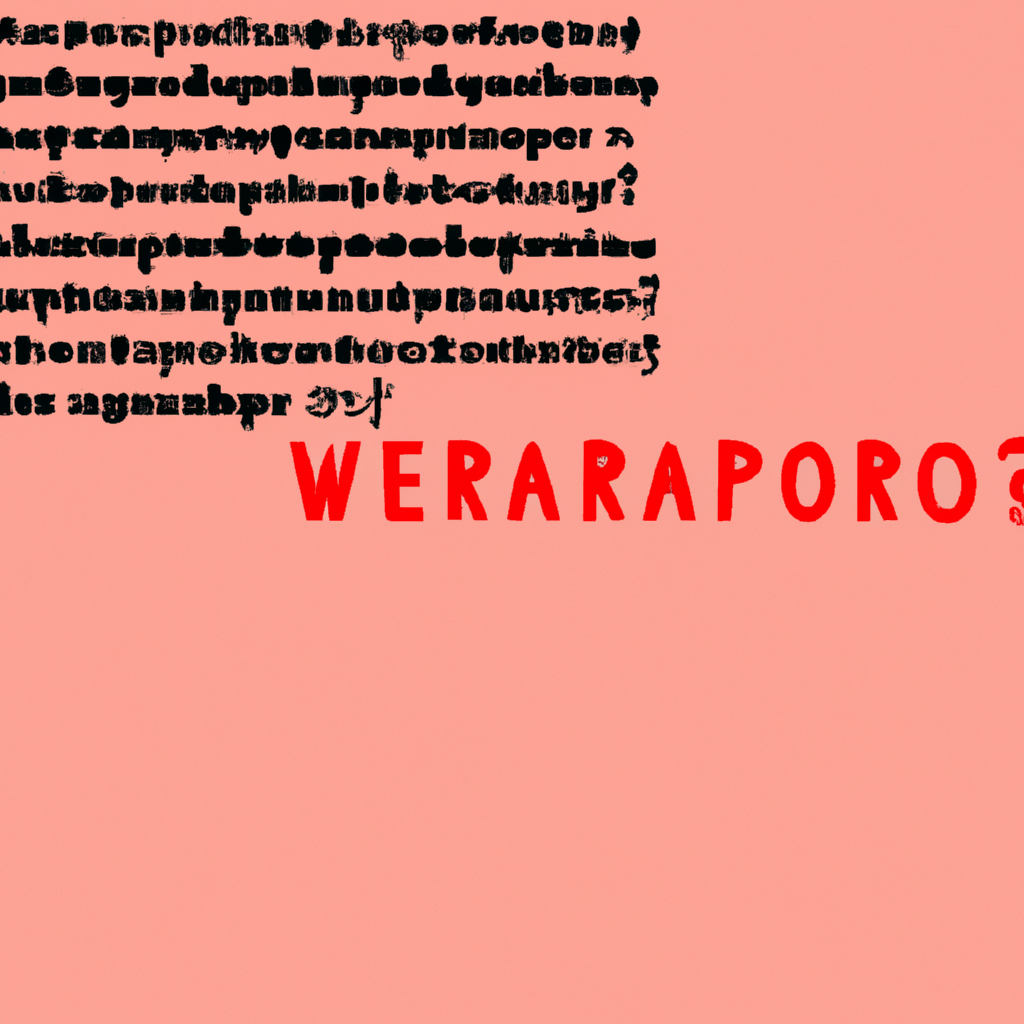¿Cómo hacer 10 oraciones con el verbo to be?

Aquí tienes 10 oraciones utilizando el verbo "to be" en diferentes contextos:
- I am happy today. (Estoy feliz hoy.)
- My sister is a doctor. (Mi hermana es médica.)
- Carlos and Maria are friends. (Carlos y Maria son amigos.)
- She is tall and beautiful. (Ella es alta y hermosa.)
- We are going to the park. (Vamos al parque.)
- They are studying for the exam. (Ellos están estudiando para el examen.)
- The weather is nice today. (El clima está agradable hoy.)
- It is raining outside. (Está lloviendo afuera.)
- You are my best friend. (Eres mi mejor amigo/a.)
- There are many books on the shelf. (Hay muchos libros en la estantería.)
Estas oraciones muestran el uso del verbo "to be" en diferentes formas y tiempos verbales. Recuerda que "to be" se utiliza para expresar estados, características, identidades y ubicaciones.
¿Cuál es el verbo to be ejemplos?
El verbo "to be" en inglés se utiliza para expresar el estado o la identidad de una persona o cosa. Tiene diferentes formas y se utiliza en diferentes contextos.
Algunos ejemplos de cómo se utiliza el verbo "to be" en inglés son:
- I am a teacher. (Soy un profesor.)
- The book is on the table. (El libro está en la mesa.)
- She is happy. (Ella está feliz.)
- We are going to the park. (Vamos al parque.)
- They are siblings. (Ellos son hermanos.)
Como se puede observar, el verbo "to be" se conjuga de diferentes maneras dependiendo del sujeto y del tiempo verbal. En presente, para la primera persona, se utiliza "am"; para la segunda persona, "are"; y para la tercera persona, "is". En plural, se utiliza "are" para todas las personas.
Además, "to be" también se utiliza para formar oraciones negativas e interrogativas.
Algunos ejemplos de oraciones negativas con "to be" son:
- I am not hungry. (No tengo hambre.)
- The dog is not black. (El perro no es negro.)
- She is not tall. (Ella no es alta.)
Algunos ejemplos de oraciones interrogativas con "to be" son:
- Are you ready? (¿Estás listo/a?)
- Is he your brother? (¿Es él tu hermano?)
- Are they coming to the party? (¿Vienen ellos a la fiesta?)
En resumen, el verbo "to be" es uno de los verbos más importantes en inglés, ya que se utiliza para expresar el estado o la identidad de las personas o cosas. Es importante conocer sus diferentes formas y cómo se utiliza en diferentes contextos.
¿Cómo hacer 10 oraciones interrogativas con el verbo to be?
El verbo to be es uno de los verbos más importantes en el idioma inglés, y se utiliza para expresar la existencia, identidad, estado físico o emocional de una persona o cosa. A continuación, te mostraré cómo hacer 10 oraciones interrogativas utilizando el verbo to be.
- ¿Are you tired?
- ¿Is he happy?
- ¿Are they students?
- ¿Is she a doctor?
- ¿Is it raining?
- ¿Are we late?
- ¿Are you ready?
- ¿Is he from Spain?
- ¿Are they at the party?
- ¿Is she wearing a dress?
En estas oraciones, utilizamos el verbo to be (am, is, are) al inicio de cada pregunta para formar la interrogativa. Además, se utiliza el pronombre personal correspondiente al sujeto de la oración (you, he, she, it, they, we), seguido del predicado que puede ser un adjetivo (tired, happy), un sustantivo (students, doctor) o una preposición (from Spain, at the party).
Recuerda que en inglés, al realizar preguntas, se invierte el orden del sujeto y del verbo, y se utiliza el verbo auxiliar to be para formar la interrogativa. Espero que estos ejemplos te hayan sido útiles para entender cómo hacer oraciones interrogativas con el verbo to be.
¿Cómo hacer 10 oraciones negativas con el verbo to be?
A continuación, te mostraré cómo hacer 10 oraciones negativas con el verbo to be utilizando el formato HTML:
1. I am not happy with the results of the exam.
2. The weather in my city is not sunny today.
3. He is not a good listener.
4. She is not feeling well today.
5. We are not going to the party tonight.
6. They are not happy with their new home.
7. It is not easy to learn a new language.
8. The food at that restaurant is not delicious.
9. The movie is not interesting.
10. You are not telling the truth.
¿Cómo se escribe 10 oraciones afirmativas en inglés?
Para escribir oraciones afirmativas en inglés, es importante conocer la estructura básica. En general, una oración afirmativa en inglés sigue el patrón de sujeto + verbo + complemento.
A continuación se presentan 10 ejemplos de oraciones afirmativas en inglés:
1. I am going to the store. (Yo voy a la tienda.)
2. The dog is sleeping. (El perro está durmiendo.)
3. She plays the guitar. (Ella toca la guitarra.)
4. We are studying for the exam. (Nosotros estamos estudiando para el examen.)
5. They like to watch movies. (A ellos les gusta ver películas.)
6. He has a new car. (Él tiene un carro nuevo.)
7. The children are playing in the park. (Los niños están jugando en el parque.)
8. We always eat breakfast together. (Siempre desayunamos juntos.)
9. She loves to dance. (A ella le encanta bailar.)
10. They are listening to music. (Ellos están escuchando música.)
Recuerda que en inglés, el verbo generalmente va en tercera persona del singular (he/she/it) cuando se refiere a una persona o cosa específica. Además, es importante utilizar los pronombres adecuados para construir oraciones afirmativas correctas en inglés.
